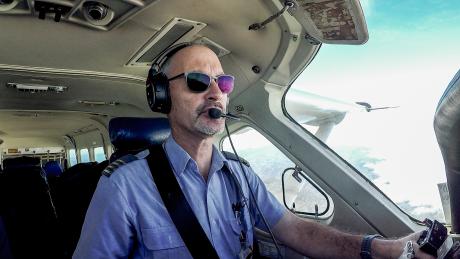
An in-flight chat with a pilot reveals the impact, challenges and needs of MAF’s aviation ministry in Papua New Guinea.
Story by Matt Painter
The Cessna Caravan is cruising at 10,000 feet above the Southern Highlands. Pilot Mathias Glass, from Germany, holds the control yoke with his left hand, pointing the aircraft’s nose southwest. The valleys below are shrouded in morning cloud cover, above which several clear peaks are visible.
“I can see Mount Bosavi in the distance,” says Mathias. “Just the head sticking out of the clouds... And I can see Mount Sisa, and that is generally a good sign. That hopefully means that we don't have to deal with thunderstorms and buildups so soon.
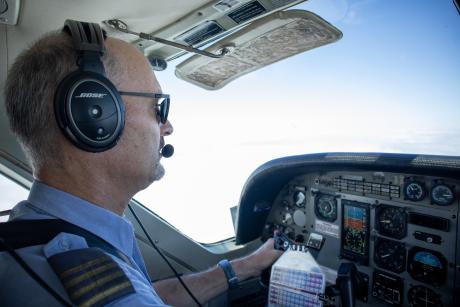
“Today we are flying straight from Mount Hagen to Mougulu. We are carrying frozen food for the boarding school there that has 200 kids. Because Mougulu is located in the lowlands, there are not many vegetables growing because of the heat and the climate. So, most of the food for the school is actually flown in from the highlands.
“Also on board we have a radio technician from MAF Technologies, and he will install a radio in Honinabi.
I am here because I always wanted to use planes to help other people. And when I heard about MAF, a dream came true. I can fly planes, which I really enjoy, while helping others, which I enjoy as well.
“Communication is really important. There are no roads in Honinabi. There is a mobile network, but occasionally the mobile network fails and then you have only got a high frequency radio to communicate from one bush location to another, or to a booking centre. If the bush location has got an urgent medical evacuation for a patient, for example, a snakebite victim, they could call us, and we could arrange a flight as soon as possible to pick the patient up and carry them to the next hospital.
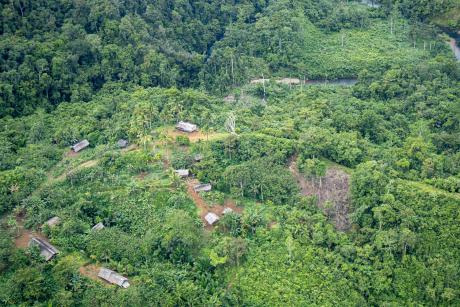
“The most challenging thing about flying here is the highlands. Papua New Guinea has got a central range from the southeast to the west, with mountains up to 4000 metres and deep valleys, and they produce a lot of clouds, and thunderstorms in the afternoon. And then you have got winds and turbulence as well over the ridge lines.
“Navigating low level in light rain with reduced visibility is the most challenging thing I have done in mountainous areas. So basically, you need to know how to read your map, and you need to know how to identify the correct valley before you enter it. You need to have a back door open, because if your plan does not work, you have got an option.
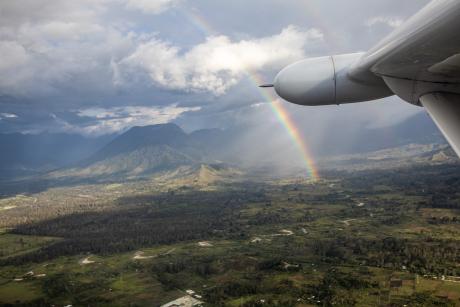
Mathias has been serving with in Papua New Guinea for almost eighteen years.
“I am here because I always wanted to use planes to help other people. And when I heard about MAF, a dream came true. I can fly planes, which I really enjoy, while helping others, which I enjoy as well.
“The biggest need for MAF in Papua New Guinea right now is pilots,” Mathias said. “They could be out flying, helping the people in the bush, doing medevacs, flying building materials, helping the church, Bible students or maybe pastors.
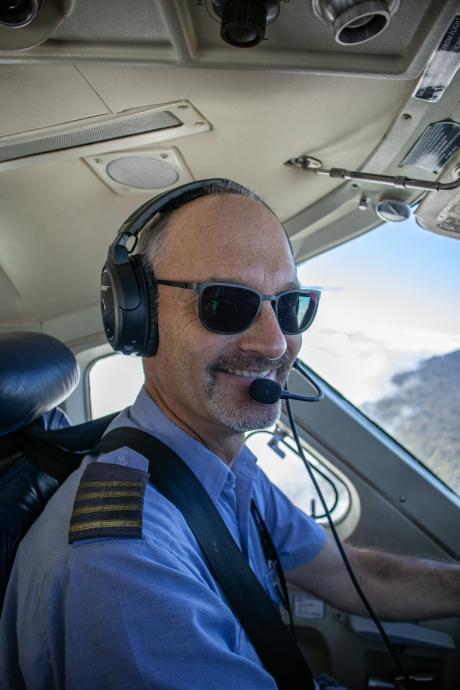
The biggest need for MAF in Papua New Guinea right now is pilots
“We are just waiting for God to send us more pilots. This is my prayer. And I do know that God can answer prayer in miraculous ways.”